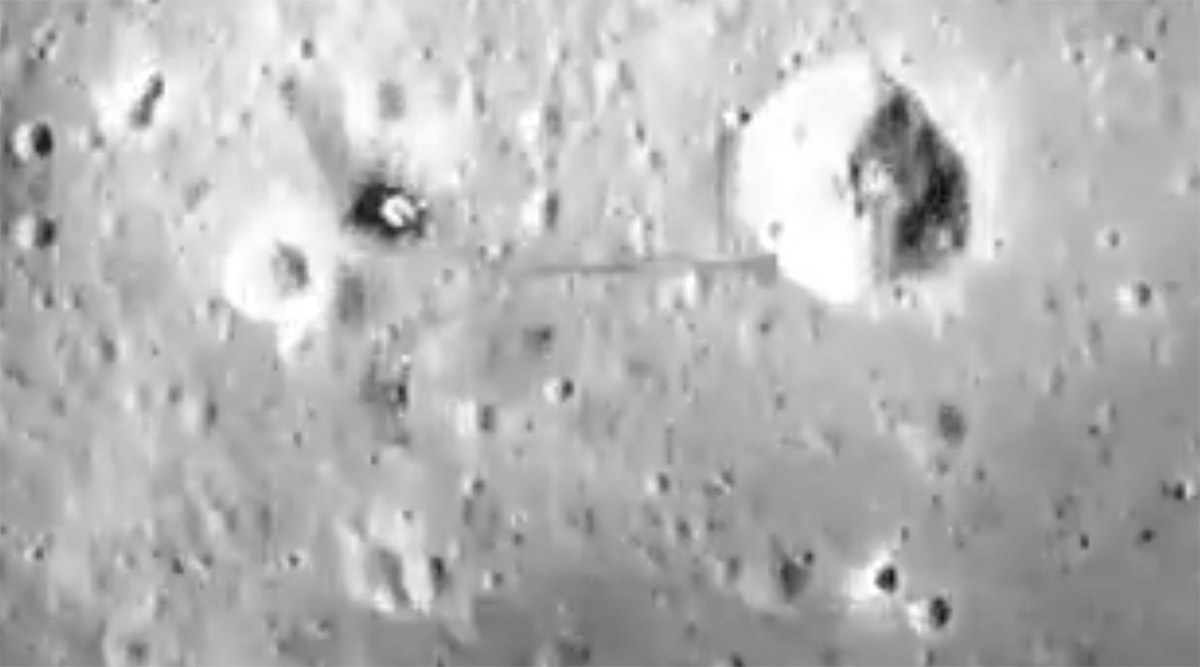It has been 50 years since the Apollo 11 landing on the Moon when humans stepped on the surface. Now, in order to commemorate the landing, NASA has shared a video which shows that the astronauts’ footsteps are still visible on Earth’s satellite. NASA posted the video on its official Twitter account, which was recorded from the Lunar Reconnaissance Orbiter.
The video zooms right into the landing site for the Apollo 11 mission where Neil Armstrong and Edwin ‘Buzz’ Aldrin stepped onto the Moon on July 20, 1969. The Apollo 11 mission took off from Cape Kennedy on July 16, 1969, with Armstrong, Command Module Pilot Michael Collins and Lunar Module Pilot Edwin “Buzz” Aldrin.
Check out NASA’s tweet below
It’s #InternationalMoonDay! Today marks the anniversary of the Apollo 11 Moon landing – the first time that humans stepped on the surface of another world. This video from the Lunar Reconnaissance Orbiter shows the astronauts’ tracks, still there after all this time. pic.twitter.com/LVDkFeEcYP
— NASA Moon (@NASAMoon) July 20, 2022
NASA Artemis missions
While NASA has shared a video reminding us of the past glory, it is also getting ready to go back to the Moon with the new Artemis missions. Artemis I, which was previously named the Exploration Mission-1, will be the first integrated test of NASA’s deep space exploration systems, which includes the Orion spacecraft, Space Launch System (SLS) rocket and the ground systems at Kennedy Space Center in Cape Canaveral, Florida, according to an official press statement.
Artemis 1 will test uncrewed flight– this is designed to “provide a foundation for human deep space exploration.” NASA plans to attempt the more than month-long lunar test flight with three mannequins by August 29. If the Orion spacecraft’s trip is successful, then astronauts will go aboard for a lunar loop by 2023. The Moon landings are planned for 2025.
!function(f,b,e,v,n,t,s)
{if(f.fbq)return;n=f.fbq=function(){n.callMethod?
n.callMethod.apply(n,arguments):n.queue.push(arguments)};
if(!f._fbq)f._fbq=n;n.push=n;n.loaded=!0;n.version=’2.0′;
n.queue=[];t=b.createElement(e);t.async=!0;
t.src=v;s=b.getElementsByTagName(e)[0];
s.parentNode.insertBefore(t,s)}(window, document,’script’,
‘https://connect.facebook.net/en_US/fbevents.js’);
fbq(‘init’, ‘444470064056909’);
fbq(‘track’, ‘PageView’);






